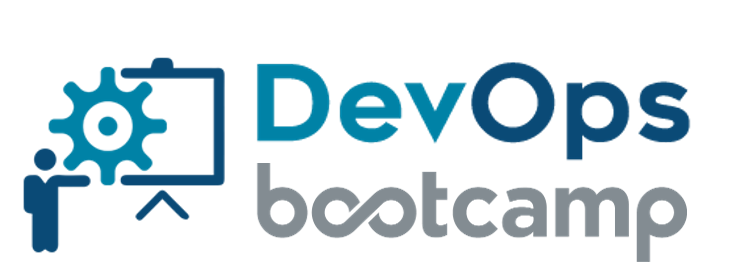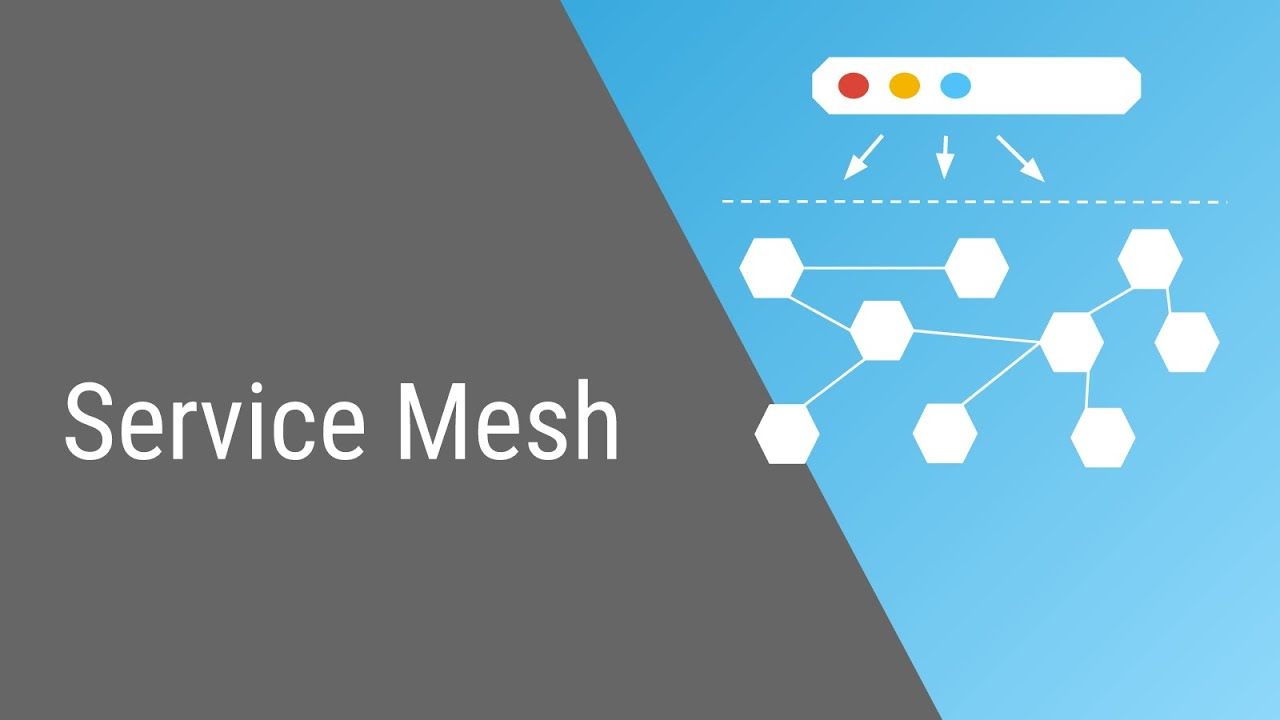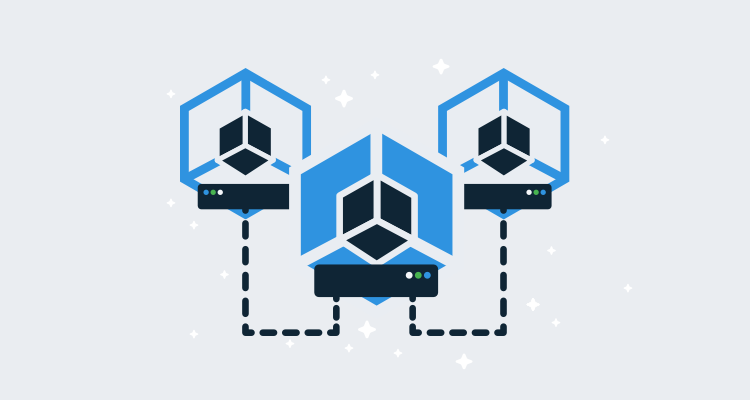
Software Development Methodologies
An adoption of a software development methodology (SDM) has always been perceived to be a useful and helpful framework which helps the project team to structure, plan and control the development of IT Processes, Products and Services.
In software engineering, a software development methopdology is the process of dividing software development work into distinct phases to improve design, product management, and project management. It is also known as a software development life cycle.
Looking to add more structure to your software development workflow? Selecting the right software development methodology for your product organization depends largely on your team size, goals, and other factors. Here is an overview of the most widely utilized and recognized software development methodologies to help you decide which is right for your team.
1. WATERFALL
When it comes to software development, Waterfall is the most traditional and sequential choice. Although it’s usually viewed as an ”old school” or outdated method, it’s helpful to understand the history and structure of Waterfall to better appreciate the flexibility of more modern methodologies. First created in 1970, Waterfall was one of the most prominent methodologies for several decades because of its plan-driven approach.
Waterfall requires plenty of structure and documentation up front. It is divided into self-contained stages or steps. The first stage is vital, requiring a full understanding by both developers and customers of the project’s demands and scope before anything begins. The stages are relatively rigid and often follow this sequence: determine the project’s requirements and scope, analyze those requirements, design, implement, test, deploy and finally, maintain.
There’s a lack of flexibility with this approach, meaning what is decided by the customer and developer at the beginning must be seen through. Should any changes need to be made or mistakes addressed toward the end stages, the Waterfall method generally requires a full restart.
Typically, one stage must be finished before the next can begin, which can help with organization and assignments. And because the full scope of the project is understood in advance, software progress can easily be measured. Waterfall is often utilized by large, plan-driven teams who have a very clear understanding of the project’s scope;—however, development teams who don’t operate in a vacuum will likely find better results with the flexibility and agility of more modern methodologies.
Rigid and structured process
The waterfall model maintains that one should move to a phase only when its preceding phase is completed and perfected.
Waterfall development lifecycle:
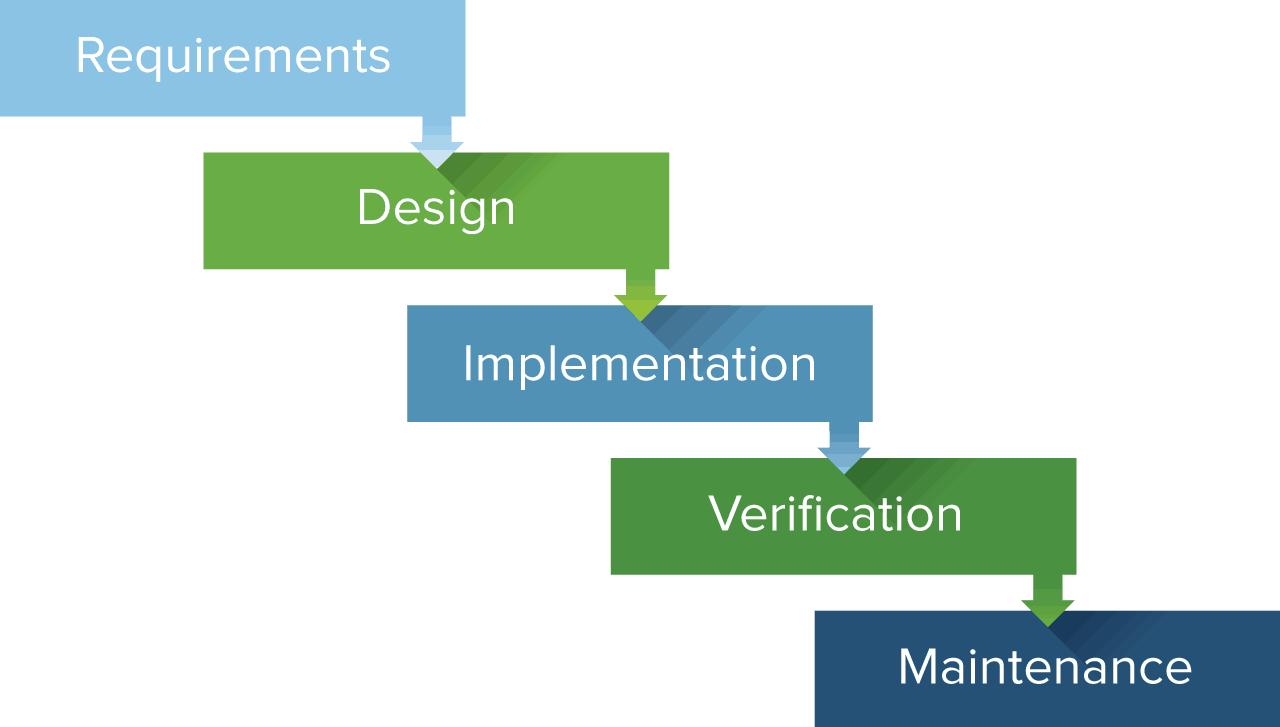
2. FEATURE-DRIVEN DEVELOPMENT
An iterative and incremental approach to software development, Feature-Driven Development
(FDD) is derived from the Agile methodology and is considered one way to implement it. Similar to Waterfall, FDD is typically viewed as an older methodology, a sort of precursor to modern Lean/Agile implementations. FDD still focuses on the goal of delivering working software frequently and is an especially client-centric approach, making it a good fit for smaller development teams.
Features are a foundational piece of FDD. Features are client-valued pieces of work that, according to the FDD approach, should be delivered every two weeks.
To produce tangible software often and efficiently, FDD has five steps, the first of which is to develop an overall model. Next, build a feature list and then plan by each feature. The final two steps—design by feature and build by feature—will take up the majority of the effort. At each step, status reporting is encouraged and helps to track progress, results, and possible errors. Although efficient response to change is one of FDD’s better attributes, an understanding of the client’s requirements and the overall model at the beginning of the project can reduce any surprises during development.
Additionally, any feature that takes longer than two weeks to design and build must be further broken down into separate features until it meets the two-week rule. The rigid structure of FDD make it less desirable to teams who balance project-driven and break-fix types of work.
3. AGILE
The Agile methodology was developed as a response to growing frustrations with Waterfall and other highly structured, inflexible methodologies. This approach is designed to accommodate change and the need to produce software faster.
Agile values individuals and their relationships and interactions over tools; it features customer collaboration throughout the development process; it responds to change instead of following a set-in-stone plan; and it focuses on presenting working software, rather than documentation.
Unlike Waterfall, Agile is well equipped to handle the complexity and variability involved in development projects.Using the Agile approach, teams develop in short sprints or iterations, each of which includes a defined duration and list of deliverables, but in no particular order. During sprints, teams work towards the goal of delivering working software (or some other tangible, testable output).
Agile is collaboration-heavy, focusing on team strengths and efficiency, along with internal feedback from various departments and clients. Client satisfaction is the highest priority with the Agile approach, which teams achieve by continuously delivering working, tested, prioritized features.
Iterative and incremental development.
Agile software development is based on an incremental, iterative approach. Instead of in-depth planning at the beginning of the project, Agile methodologies are open to changing requirements over time and encourages constant feedback from the end users. Cross-functional teams work on iterations of a product over a period of time, and this work is organized into a backlog that is prioritized based on business or customer value. The goal of each iteration is to produce a working product.
In Agile methodologies, leadership encourages teamwork, accountability, and face-to-face communication. Business stakeholders and developers must work together to align the product with customer needs and company goals.
Agile development lifecycle:
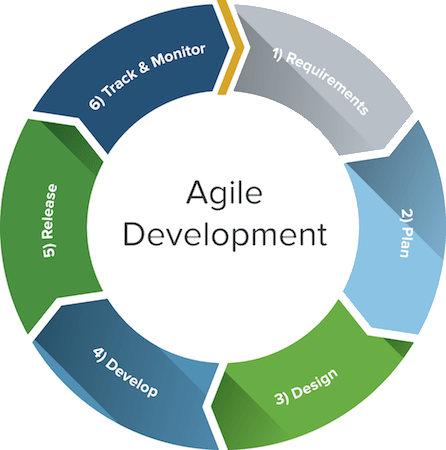
Methodologies That Are Used to Implement Agile:
Agile is a framework and there are a number of specific methods within the Agile movement. You can think of those Methodologies That Are Used to Implement Agile:
Kanban: Kanban, meaning “visual sign” or “card” in Japanese, is a visual framework to implement Agile. It promotes small, continuous changes to your current system. Its principles include: visualize the workflow, limit work in progress, manage and enhance the flow, make policies explicit, and continuously improve.
Scrum: Scrum is one of the most popular ways to implement Agile. It is an iterative software model that follows a set of roles, responsibilities, and meetings that never change. Sprints, usually lasting one to two weeks, allow the team to deliver software on a regular basis.
4. SCRUM
Another way to implement the Agile approach, Scrum borrows from Agile’s foundational beliefs and philosophy that teams and developers should collaborate heavily and daily.
With Scrum, software is developed using an iterative approach in which the team is front and center—experienced and disciplined workers on smaller teams might find the most success with this method, as it requires self-organization and self-management.
Team members break down end goals into smaller goals at the beginning and work through them using fixed-length iterations—or sprints—to build software and showcase it often (which usually last two weeks). Meetings play an important role in the Scrum approach, and during each sprint, daily planning meetings and demos take place to follow progress and gather feedback. This incremental method promotes quick changes and development and adds value to complex projects. Scrum incorporates the structure and discipline of more traditional software development methodologies with the flexibility and iterative practices of modern Agile.
5. EXTREME PROGRAMMING
Another Agile framework, Extreme Programming (or XP) focuses on producing higher quality software using the best practices in software development. As with most Agile approaches, XP allows for frequent releases in short development sprints that encourage change when needed.
In general, XP follows a set of values, rather than steps, including simplicity (develop what is required, nothing more); communication (teams must collaborate and work together on every piece of the software); consistent feedback; and respect.
Extreme Programing requires developers to first plan and understand the customer’s user stories—their informal descriptions of certain features. Other practices include: scheduling and dividing work into iterations. Design with simplicity in mind, code and test often, which helps to create fault-free software. Listen to feedback to best understand the functionality, and then test more.
6. LEAN
Lean is at once a workflow methodology and a mindset, incorporating principles and practices from the manufacturing space and applying them broadly to a variety of industries, including software development. While Agile is an excellent methodology for the practical application of development best practices, it does not include instructions for scaling these practices across the organization or applying them outside of development-type work.
This is why many organizations who practice Agile at the team level begin to incorporate Lean philosophies, practices, and tools to help to innovate at scale. Lean’s basic principles—optimize the whole, eliminate waste, build quality in, create knowledge, defer commitment, deliver fast, and respect people—can help to guide decision-making across the organization in a way that can help to unearth potential issues and maintain a healthy organizational culture.
Combining the best of Lean thinking and Agile software development practices can create a healthy, sustainable culture of innovation that benefits not only the development organization, but the system as a whole.
Think big, act small, fail fast; learn rapidly."
Basic principles of lean are:
- Eliminate waste - Everything not adding value to the customer is considered to be waste
- Amplify learning - The learning process is sped up by usage of short iteration cycles each one coupled with refactoring and integration testing.
- Decide as late as possible- delaying decisions as much as possible until they can be made based on facts and not on uncertain assumptions and predictions.
- Deliver as fast as possible - The sooner the end product is delivered without considerable defect, the sooner feedback can be received, and incorporated into the next iteration.
- Empower the team
- Build integrity in - refactoring
References:
The DevOps Bootcamp 🚀 Newsletter
Join the newsletter to receive the latest updates in your inbox.
